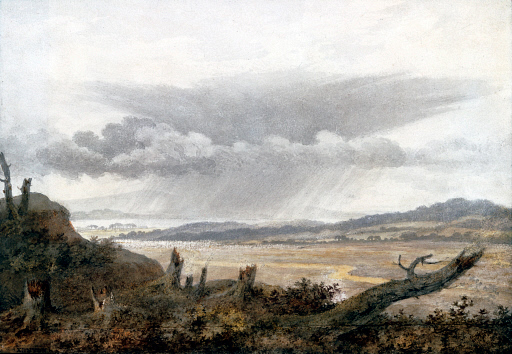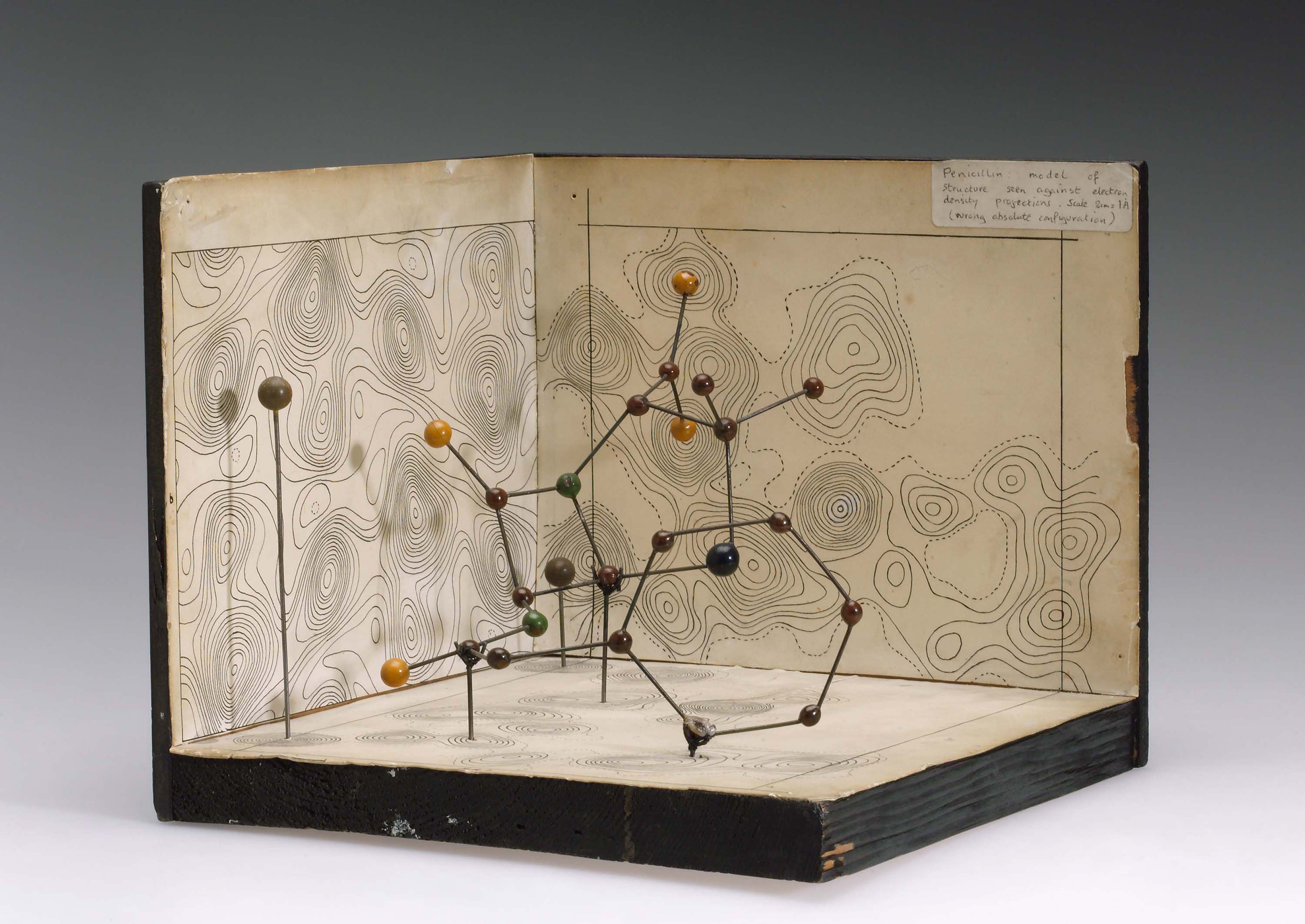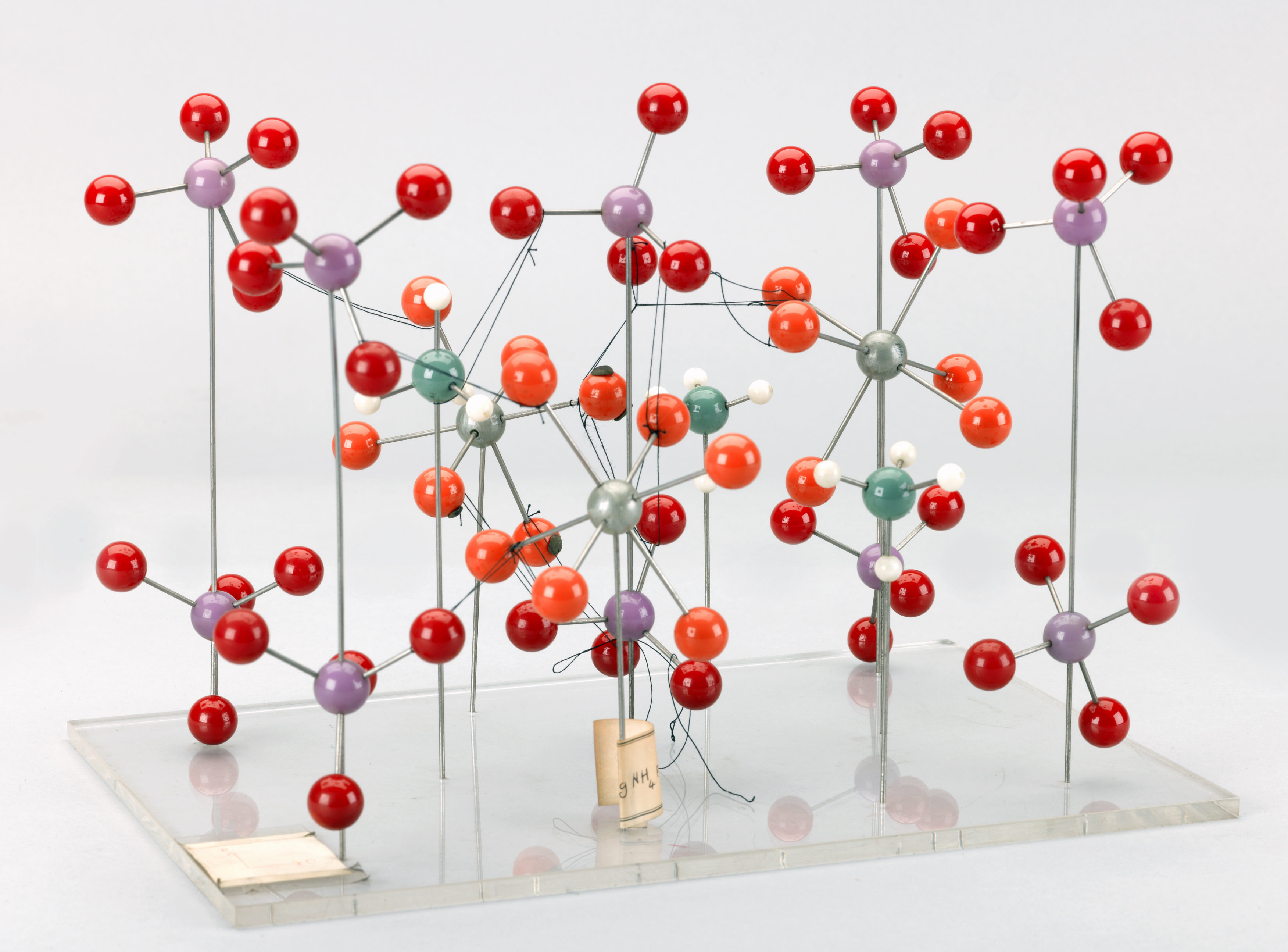
In this week’s blog linked to The Rubbish Collection, Curator Sarah Harvey follows some of the unexpected stories and personal objects that were found in the Museum’s bins. As the exhibition nears its end, what will happen to all this ‘rubbish’ afterwards? Much of the feedback I have received about Joshua Sofaer’s The Rubbish Collection, from both visitors and staff, has been about the surprising personal items and stories that have come out of the bins. When we were first […]




